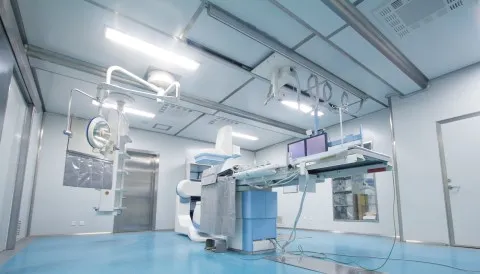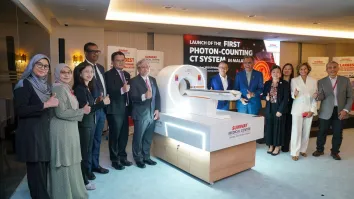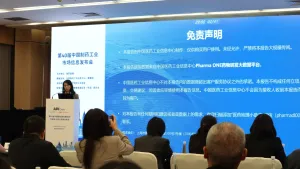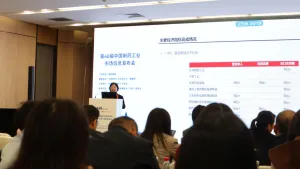
APAC's medical device markets to be further hit by tighter regulations and pricing controls
Medical device approvals in China plunged 38% in 2018 to 5,528 successful registrations.
Larger medical device markets are expected to face a more challenging regulatory and pricing and reimbursement (P&R) environment, with increased regulatory oversight and tougher P&R controls slated to slow down the region’s medical device industry growth and investment, a report by Fitch Solutions revealed.
The report noted that in China, there have been reports that the regulatory approval process is becoming more difficult, with the Chinese National Medical Products Administration (NMPA) publishing new data showing a 38% decline in medical device registrations approved by the agency in 2018 compared to 2017.
“The NMPA report notes that a total of 5,528 initial registrations, registration renewals and change registrations were approved by the regulator in 2018, the lowest number of such approvals in five years,” Fitch Solutions said. “Approval rates across nearly all registration categories and for all medical device classifications, according to the report.”
Also read: Medical device FDIs to extend slump in 2020
Regarding P&R, in Japan, medical device companies faced reimbursement price cuts in April 2018, and the next price cuts are expected in 2020, Fitch Solutions noted.
In India, risks to more medical device pricing controls are also increasing as prices are now being monitored.
“The government started with price caps for stents and artificial knee joints in 2017, together with price monitoring and a 10% annual price increase cap for 19 other notified devices,” the firm explained.
Meanwhile in Australia, the Therapeutic Goods Administration (TGA) released its 'Action Plan for Medical Devices' to strengthen Australia's regulatory system. The medical devices action plan will introduce greater scrutiny throughout the whole device lifecycle and broaden regulations to fully cover new and emerging technology, such as 3D printed devices and software apps. Medical device regulators in other developed markets are expected to take similar steps.



















 Advertise
Advertise





